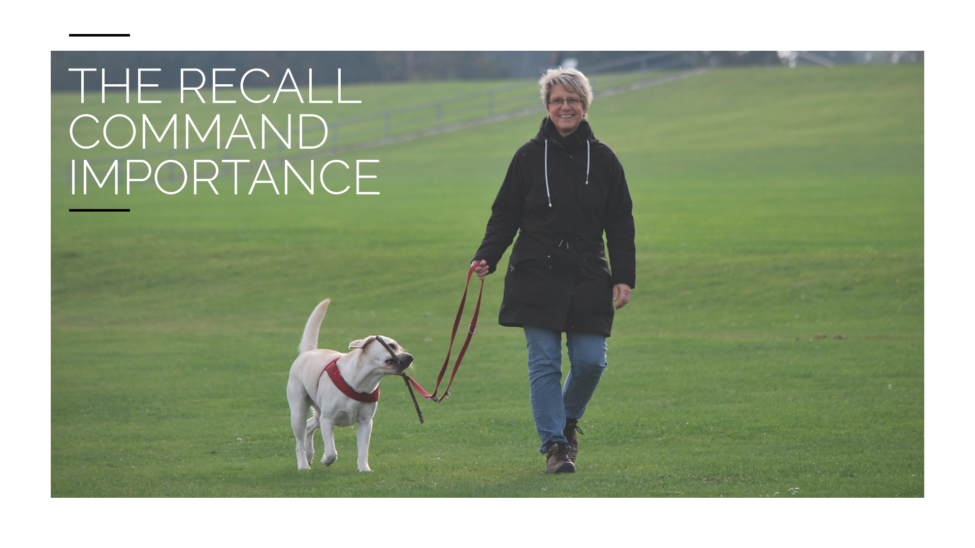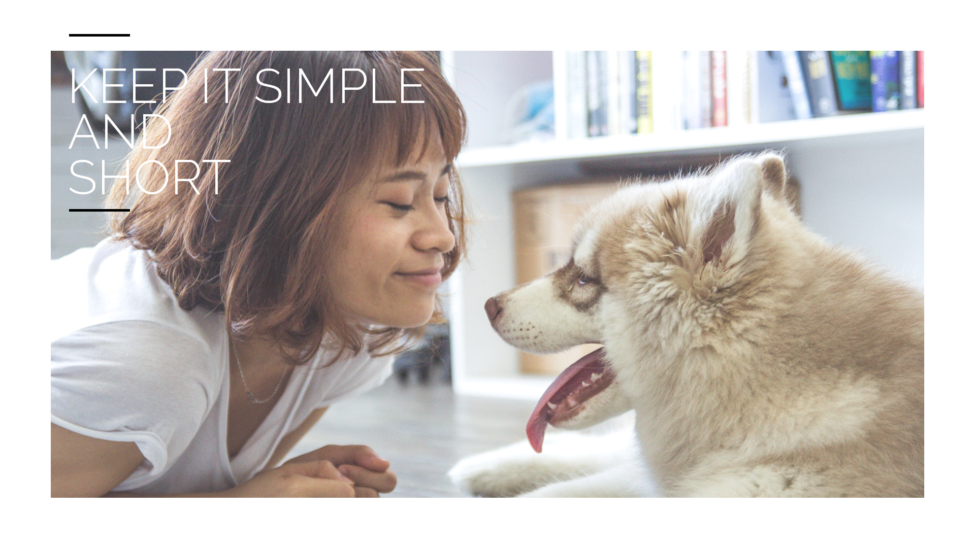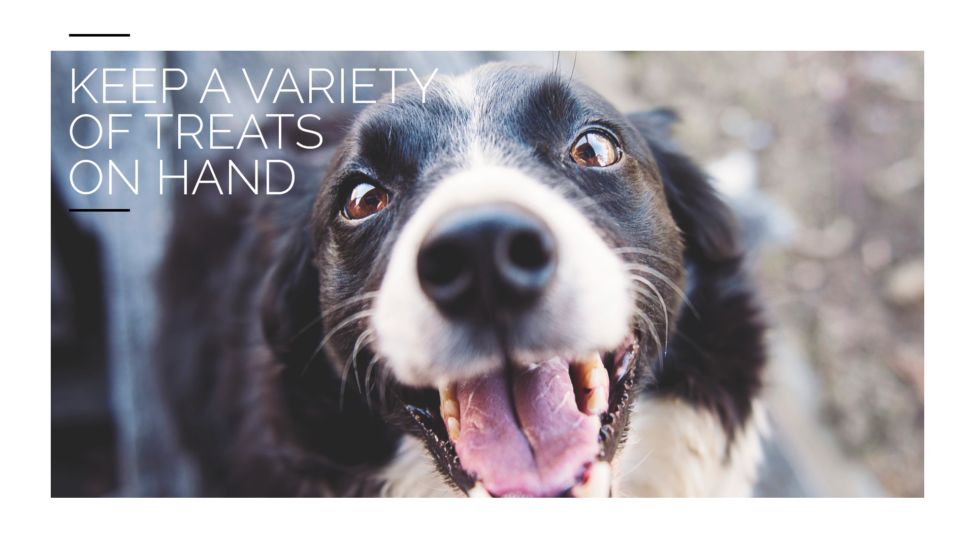There are a variety of important training tips and notes that dog owners should be aware of when they decide to start training their dog for off the leash walking. In this article, we’re going to discuss 7 tips to help you train your dog effectively to behave off the leash.
Whether you’re a new dog owners and you’re looking to make this an early aspect of your dogs new life or you’ve been a dog owner for some time and you’re looking to take things to the next level with your pup, this article will have some valuable strategies that you’ll be able to immediately start implementing to cultivate a happy, trained and well-mannered pup without their leash.

But before we begin…
Let’s take into frame some important conceptual points we should be aware of before we start.
So, you’re getting your dog prepared for off the leash training. What should you consider?
Here are a few key points.
What is the current emotional state of your dog when you walk them? (How curious are they on a scale of 1-10? How do they react around other dogs or animals? How aggressively do they go after other scents?)
Where do you usually walk your dog? (mountain/forest area / city streets / local neighborhood / near potentially loud areas / near schools / etc)
How well is your dog trained in recall? (Scale of 1-10)
These are just a few of the points you need to thoroughly examine to determine if you feel comfortable enough to begin off the leash training.
If your dog isn’t emotionally stable or well-mannered around other animals, humans, children or even objects like cars, then you should probably consider improving upon the foundations of their training first before moving to off the leash training.
Ideally when you start out, you want to practice off the leash training in a safe, non-threatening and not overly distracting environment with other animals, loud noises or children. While we would hope that your dog responds well to your general commands, during the initial phases of training anything could happen, so it’s always best to take precautions first.
Now, once you’ve cleared any major distractions and are in a comfortable space with your and your pup, there are some valuable training tips that will help your dog become the well-mannered pup everyone admires.
Understand that this isn’t an overnight process and can take some time, however in the end it is an extremely rewarding and satisfying accomplishment for both you and your pup.
The process of training a dog is easy. What’s hard is the level of patience and commitment it takes to follow through on the training until the desired result.
Let’s jump right in.

#1 The Recall
The foundation of off the leash training is the recall. Without a proper foundation built in this important technique you’re going to have an almost impossible time properly training your dog.
To effectively train your dog at recall, simply choose 1 word that you’re going to use to call your dog and (that won’t be used any other time or mixed up) and positively reward them with a treat every time they come to you. Overtime, they will associate the world with coming to you and they’ll get better and better at it.
This also helps remind and enforces to your dog that nothing in life is free and that they want something they have to work for it. Positive reinforcement is the best way to do this because it helps strengthen your relationship in a healthy way that you’ll both enjoy.

#2 Start Simple and Keep it Short
Take your dog off the leash in a safe, distraction free environment and practice recall with them for 10-20 minutes at a time or as long as they can handle. This will allow them to become more familiar with themselves off the leash in an outside environment and will help them get used to your recall command while outdoors.
As they get better, increase the distance and slowly change the environment so they become more adapted. Eventually as this goes on, you’ll be more comfortable with walking them off the leash.

#3 Keep a Variety of Treats on Hand
Yes, your pockets might smell a little weird after a while, but don’t worry, this really helps your dog when it comes to solidifying his recall skills and making sure she consistently comes back to you when you call her.
Give your dog a new treat every time they do a good job and come to you to help excite them and reinforce their good behavior.
Now that we’ve gone over a few tips on how to positively train your dog for off the leash walking, let’s revisit some of the above contextual points we covered.
If you notice at any time that your dog gets frightened by loud noises or happens to get distracted by unique animals, humans or objects, leash them immediately to ensure there’s no risk to your dog or anyone/anything else near it.
If you’re dog ever disobeys you, ignored you or gets overly distracted while unleashed, leash them immediately and revisit training at a later time.
So, now you should be ready to start implementing these tips while training your dog for off the leash training. Let us know in the comments below how these tips worked for you!
Resources:
http://www.quickanddirtytips.com/pets/dog-behavior/how-to-get-your-dog-to-behave-off-leash?page=2
https://www.whole-dog-journal.com/issues/5_3/features/Building-Off-Leash-Reliability_5440-1.html